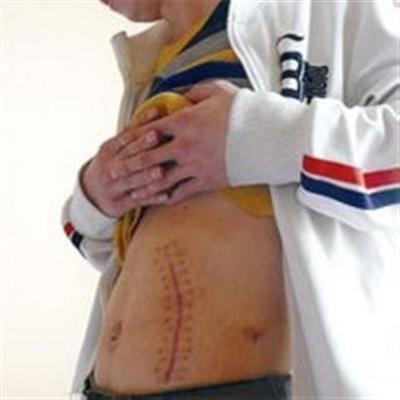Postoperative empyema symptoms?
summary
Empyema refers to the pleural cavity is invaded by pathogenic bacteria, infection empyema. It can occur at any age, from the newborn to the elderly. Empyema is caused by pyogenic bacteria. Most empyema is secondary to pulmonary infection. In children, Staphylococcus aureus pneumonia is a more common cause. Some of them may be caused by open chest trauma, intrathoracic surgery, subphrenic abscess or sepsis.
Postoperative empyema symptoms?
If the pus occupies the whole chest, it is called total empyema; If the pus is confined to part of the chest, it is called localized (encapsulated empyema). According to the course of disease and pathological reaction, it can be divided into acute and chronic. In fact, there is no clear line between the two. According to the course of disease, the classification is not accurate. It is still in accordance with clinical practice that classification should be made according to pathological reaction and clinical manifestations.

If the pus is excluded, the empyema with dilated lung is acute empyema, which should be treated mainly in pediatrics. If the pus is excluded, the empyema whose lung can not be expanded is chronic empyema and should be treated by surgery. If empyema is caused by rupture of lung abscess or complicated with bronchopleural fistula, there is pneumothorax at the same time, which is called empyema.

Empyema without drainage, pus can penetrate to the subcutaneous tissue of the chest wall (called self ulcerative empyema), after the formation of pus sinus, or to the lung to form bronchopleural fistula, pus through the bronchopleural fistula into the contralateral lung, causing infection. Empyema can also be complicated with mediastinal abscess, rib or sternal osteomyelitis, sepsis and other complications.

matters needing attention
Surgical treatment: eliminate the cause of disease, eliminate the pus cavity and restore lung function. The course of the disease is not long and there is no pathological change in the lung. Long course of disease, lung lesions or bronchopleural fistula, feasible pleuropneumonectomy, such as complete destruction of one lung, feasible pleuropneumonectomy. The patients with long course of disease, severe fibrosis of lung tissue or lung lesions that are not suitable for expansion (such as cavitary pulmonary tuberculosis), and failure of pleurotomy. If the volume of the pus cavity is about 150 ml, the greater omentum can be used for packing to eliminate the pus cavity. If the abscess cavity is large, intrapleural thoracoplasty can be performed to eliminate the abscess cavity.















